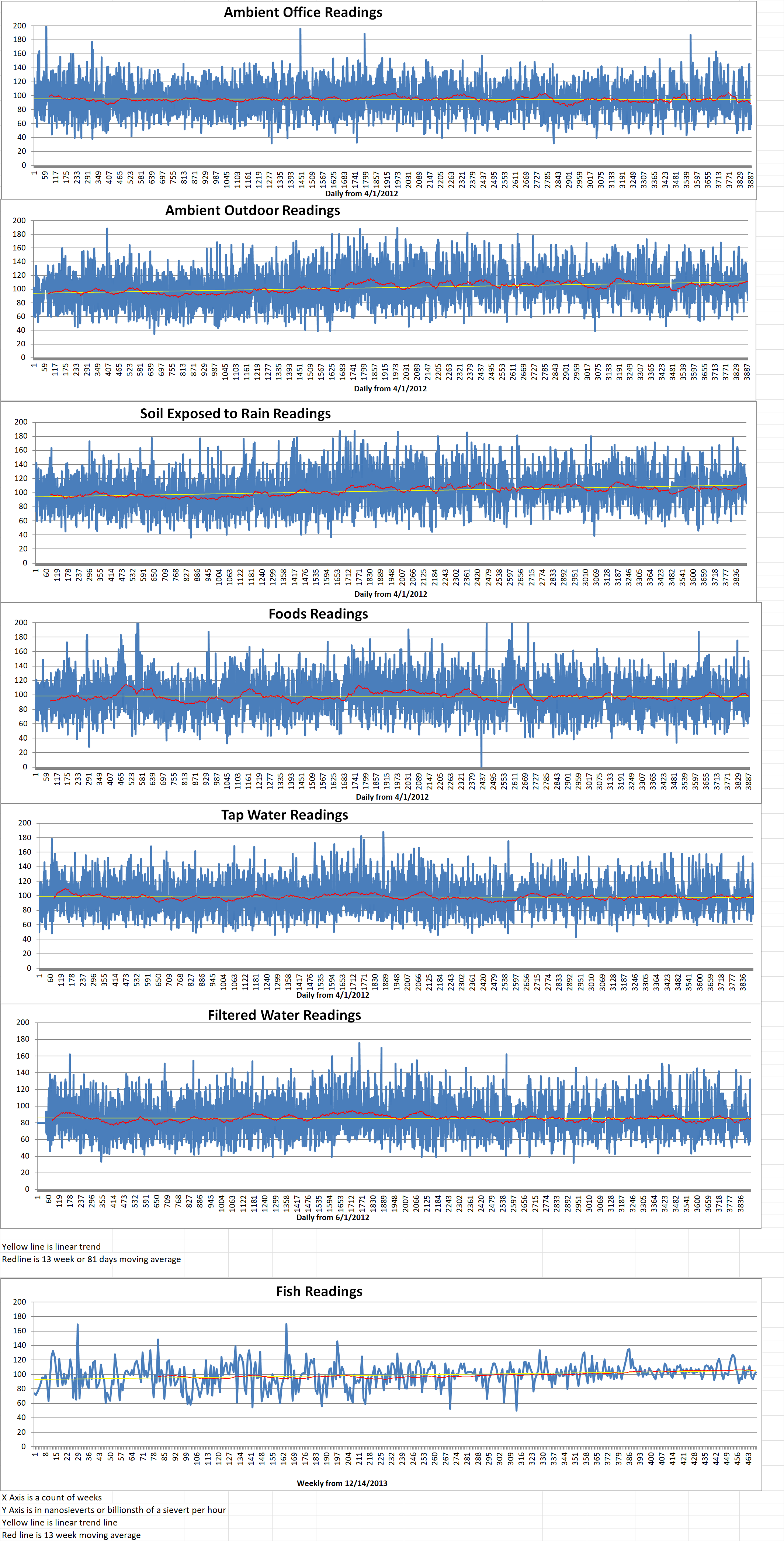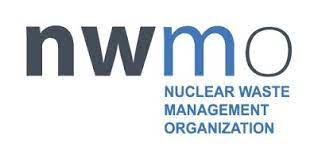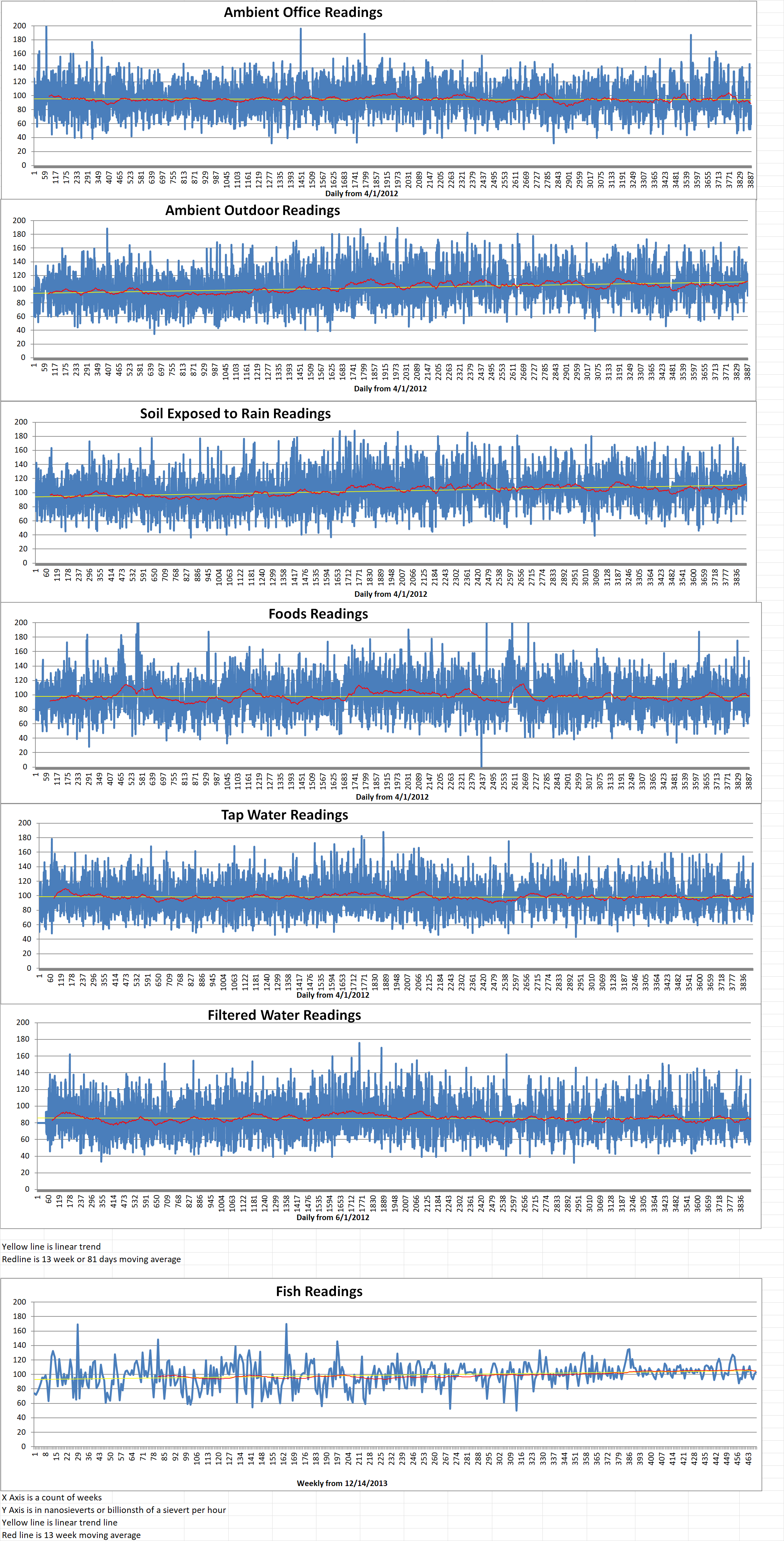Anthony Albanese is the Australian Prime Minister. He says that a deal to provide Australia with nuclear-powered submarines will be the nation’s biggest expansion of defense capability in its history. He added that the United States and Britain will also benefit from the partnership.
A decision will be announced this March on how a fleet of Australian submarines powered with U.S. nuclear technology will be delivered under the AUKUS tripartite agreement.
Options for the submarines design include a next-generation U.S. Virginia-class sub, a British Astute-class sub or a new hybrid design.
Critics of the agreement claim that neither the U.S. nor the U.K. has the capacity to start delivering the subs by 2040. In addition, they say that Australia lacks the shipbuilding capacity to take a lead role in the project.
Albanese said last Thursday that the technology sharing among the AUKUS partners would bring many benefits beyond the submarines.
Albanese told the Australian National Press Club about the nation’s advance from Australian-built Collins-class diesel-electric submarines that went into service more than 20 years ago. He said, “Now, this will be the single biggest leap in our defense capability in our history. AUKUS is about much more than nuclear submarines or even technological interoperability. AUKUS is about the future. It further formalizes the common values and the shared interests that our three nations have.”
Albanese mentioned that the three governments involved in the pact were focused on how their countries would benefit from spinoffs from the submarine-building cooperation.
He said, “It’s a focus that recognizes that it’s not a zero-sum game. This is one of those times when one plus one plus one equals more than three because there’s a multiplier effect and a benefit from sharing some of the science and innovation. All three countries want the sum to be a benefit for all of the three nations.
Critics of the pact argue that Australia’s lack of experience with nuclear technology will mean that it will be heavily reliant on its nuclear-armed partners. The only nuclear reactor in Australia is in the Sydney suburb of Lucas Heights where it produces nuclear isotopes for medical use.
Unlike Australia’s homemade fleet of submarines, critics argue that Australia might not be able to use its nuclear submarines in circumstances that the U.S. or the U.K. disagree with. However, Albanese said that Australia would maintain authority to decide how and where the subs are deployed.
He said, “Australia will maintain our sovereignty. That’s a decision for Australia as a sovereign nation, just as the United States will maintain its sovereignty and the United Kingdom will maintain its sovereignty.”
Australia’s regional neighbors fear that a nuclear weapons race will break out because of the AUKUS deal. Australia has reassured it neighbors that the new submarines will never carry nuclear weapons.
Australia currently spends a little more than two percent of its GDP on defense. This is above the two percent minimum that former President Trump demanded that U.S. allies spend on defense. Albanese said that defense spending would increase in the future.
Blog
-

Nuclear Reactors 1133 – Australian Prime Minister Discusses The AUKUS Project
-
Nuclear News Roundup Feb 24, 2023
ČEZ and Škoda JS expand use of 3D printing world-nuclear-news.org8th U.S.-ROK Deterrence Strategy Committee Table-Top Exercise defense.gov
Constellation’s Nuclear Fleet Outperformed as Fossil Plants in Nation’s Largest Grid Failed During Winter Storm Emergency businessswire.com
Poland to develop 1st nuclear power plant with Westinghouse apnews.com
-

Geiger Readings for Feb 24, 2023
Ambient office = 72 nanosieverts per hour
Ambient outside = 84 nanosieverts per hour
Soil exposed to rain water = 85 nanosieverts per hour
English cucumber from Central Market = 73 nanosieverts per hour
Tap water = 118 nanosieverts per hour
Filter water = 100 nanosieverts per hour
-

Radioactive Waste 893 – Canada Is Working On A Deep Geological Repository For Its Spent Nuclear Fuel – Part 2 of 2 Parts
Part 2 of 2 Parts (Please read Part 1 first)
Currently, two potential siting areas remain as potential hosts for the storage of spent nuclear fuel. The two prospective sites are the Wabigoon Lake-Ojibway Nation Ignace area in northwestern Ontario, and the Saugeen Ojibway Nation-South Bruce area in southern Ontario. Host communities for the planned deep geological repository will be part of decision making for plans to manage SMR-generated spent nuclear fuel in the repository. Through discussions about partnership agreements, the NWMO will work with potential host communities to develop and agree on a process for managing future changes to the type or volume of waste to be managed in the repository.
Canada’s SMR Action Plan was launched in December of 2020 by Natural Resources Canada. It brought together important enablers to seize the opportunity for SMR development, accelerate adoption and lock in the benefits of this important technology. In March of 2022, the government of Ontario, Saskatchewan, Alberta and New Brunswick agreed to a joint strategic plan outlining a path forward on SMRs.
A number of organizations from across Canada are participating on the SMR Action Plan. These organizations include provincial and territorial governments, municipalities, power utilities, educational and research institutions, industry associations and Indigenous-led organizations.
Canada’s nuclear sector is actively exploring SMRs. To date, two Canadian SMR projects have applied for licensing.
Ontario Power Generation (OPG) is working with GE Hitachi Nuclear Energy to develop and deploy the next generation SMR design at the Darlington new nuclear site in Ontario, using a boiling water reactor design. The project’s preliminary schedule is to complete construction of the reactor by 2028. Commercial operation will begin in 2029.
Global Power First is a joint venture between OPG and Ultra Safer Nuclear Corporation. The collaboration is working to construct and operate a different type of SMR called a micro-modular reactor. The work is being carried out at Chalk River Laboratories in Ontario. The site is owned by the Atomic Energy of Canada Limited. It is managed by Canadian Nuclear Laboratories. A preliminary application for a license to prepare the site was submitted in 2019. An environmental assessment for the project is underway.
The NWMO continues to actively engage with these and other SMR developers to ensure that any potential new types of spent nuclear fuel waste will meet stringent safety criteria for long-term management in a deep geological repository.
Safety will also be a priority for the transportation of spent nuclear fuel to the repository. Before any spent fuel is transported, the NWMO must meet stringent safety, security and emergency management regulations set by Transport Canada and the Canadian Nuclear Safety Commission, which ensure public safety during normal transport as well as accident conditions.
Transportation of spent nuclear fuel will not begin until the 2040s when the repository is operational. The NWMO recognizes that transportation is a subject of broad public interest. Planning for the project has already started. Transportation planning over the next twenty years will be a dynamic and collaborative activity. There will be opportunities for everyone interested to provide input, ask questions and raise concerns.
Dolatshahi said, “In delivering on Canada’s plan, the NWMO holds safety as our highest priority. It reflects the best in internationally-accepted design, while incorporating the flexibility to accommodate waste from future nuclear reactor designs for years to come.” -
Nuclear News Roundup Feb 23, 2023
IAEA: Nuclear Safety, Security in Ukraine Reviewed miragenews.com
Russian test launch of “Satan II” missile failed, U.S. says, as Putin suspends role in nuclear treaty cbsnews.com
Coal plants to be evaluated for gas, nuclear generation, battery storage personcounty.com
Outer dome installed at Zhangzhou 1 world-nuclear-news.org
-

Geiger Readings for Feb 23, 2023
Ambient office = 60 nanosieverts per hour
Ambient outside = 91 nanosieverts per hour
Soil exposed to rain water = 89 nanosieverts per hour
Crimini mushroom from Central Market = 107 nanosieverts per hour
Tap water = 75 nanosieverts per hour
Filter water = 58 nanosieverts per hour
-

Radioactive Waste 892 – Canada Is Working On A Deep Geological Repository For Its Spent Nuclear Fuel – Part 1 of 2 Parts
Part 1 of 2 Parts
Canada has developed plans for achieving net zero carbon emissions. The plan involves a host of strategies ranging from conservation efforts to the deployment of wind and sola energy technology.
Canada is also exploring how small modular reactors (SMRs) could play a critical role in providing abundant energy as part of a low-carbon future. SMRs are a new class of nuclear reactors that are smaller in size and lower in power output than conventional nuclear power reactors.
SMR are nuclear reactor that generate up to three hundred megawatts. They will be constructed in a factory and shipped to the operational site in modules for assembly. It is hoped that standardized components and quality control available in a factory setting will make them safer, more efficient and less expensive that the currently commercial nuclear power reactors which each generate a gigawatt of power or more.
SMRs and other emerging approaches will result in spent nuclear fuel. Regardless of how much spent nuclear fuel is produced, it must be stored in isolation for a very long time.
Canada has a plan to safely contain, and isolate Canada’s spent nuclear fuel. The plan includes the spent nuclear fuel that has already been generated by the existing fleet of CANDU reactors and all the spent fuel that will be produced in the future. This includes spent nuclear fuel generated from SMRs.
In 2002, under their Nuclear Fuel Waste Act, the Canadian federal government tasked a non-profit organization, the Nuclear Waste Management Organization (NWMO), to engage with Canadians and Indigenous Peoples to devise a plan to safely contain and isolate Canada’s spent nuclear fuel. The NWMO is supposed to implement that plan to protect people and the environment for generations to come.
Canada’s plan for safely managing and isolating spent nuclear fuel involves the construction a deep geological repository. The repository will be located more than sixteen hundred feet underground in a stable rock formation. The rock will provide long-term stability against the effects of climate change, earthquakes, glacial cycles and other further geological changes.
A multiple barrier systems consisting of a series of engineered and natural barriers will safely contain and isolate spent nuclear fuel. International consensus indicates that deep geological repositories represent the safest approach for the long-term management of spent nuclear fuel. Finland, Sweden, Switzerland, France and others are all working on a similar approach.
Sara Dolatshahi is the director of strategic projects at the NWMO. She said, “Whether we’re talking about spent nuclear fuel that has been generated over the past half-century, produced by existing nuclear reactors, or new emerging fuel types that will be created in the future, it remains our responsibility and mandate to ensure used nuclear fuel is safely managed over the long term.”
The site-selection process that will host the repository has been underway since 2010. It began with twenty two municipalities and Indigenous communities that expressed interest in learning more and exploring their potential to host the project.
Please read Part 2 next -
Nuclear News Roundup Feb 22, 2023
Smart streaming readout system analyzes raw data from nuclear physics experiments phys.org
Estonia to prepare legislation for nuclear program world-nuclear-news.org
Iran’s uranium processing has almost reached nuclear weapons-grade purity: inspectors foxnews.com
North Korea confirms ICBM test, touts nuclear counterattack ability Aljazeera.com
-

Geiger Readings for Feb 22, 2023
Ambient office = 59 nanosieverts per hour
Ambient outside = 96 nanosieverts per hour
Soil exposed to rain water = 98 nanosieverts per hour
Blueberry from Central Market = 71 nanosieverts per hour
Tap water = 86 nanosieverts per hour
Filter water = 65 nanosieverts per hour
-

Nuclear Fusion 113 – The International Atomic Energy Agency Has Just Released A Report On Progress In Nuclear Fusion Research – Part 2 of 2 Parts
Part 2 of 2 Parts (Please read Part 1 first)
The new IAEA report dedicates each chapter to a different fusion reactor design class. Details are provided including name, status, ownership, host country and organization. Also included is a short description of the device’s goals and main features. The report also provides statistics about publication, funding and other parameters that help create a comprehensive picture of the status of global fusion research efforts.
Tokamaks and stellarators are the most common fusion research devices and the focus of much of the current research. These are toroidal devices that contain huge magnets that control the movement of plasma where fusion occurs. The plasmas in these devices are a gas of charged particles at extreme temperatures. The IAEA report shows that there are currently more than fifty tokamaks and over ten stellarators in operation around the world. The largest tokamak in the world is the International Thermonuclear Experimental Reactor (ITER). Thirty-five nations are involved in the project which is being constructed in France.
Another approach includes inertial fusion which uses high-power lasers (or other means) to heat and compress tiny spherical capsules containing fuel pellets. In December of last year, the National Ignition Facility (NIF) in the U.S. used this approach to make significant progress in fusion research. About three thousand one hundred and fifty kilojoules of energy were generated from the two thousand kilojoules energy input from its one hundred and ninety two lasers.
Omar Hurricane is the Chief Scientist for the Inertial Confinement Fusion Program Design Physics Division, Lawrence Livermore National Laboratory, U.S. He said, “This year we find ourselves in a position where we can talk about the milestones of burning plasmas, fusion ignition, and target energy gain greater than unity in the past tense – a situation that is remarkable.”
The report also provides details about alternative designs that scientists continue to research for producing fusion. For example, when two ion beams generated by particle accelerator collide, fusion takes place at the collision point. While hydrogen isotopes are the most popular fuels for fusion research, isotopes of other elements are also being tested. One approach is to fuse a single proton with a boron-11 nucleus.
To demonstrate that fusion can effectively produce electricity, there are increasing efforts towards design and construction of demonstration fusion power plants or DEMOs. The report also dedicates a chapter to the twelve DEMO concepts at various stages of development in China, Europe, Japan, Russia, the Republic of Korea, the United Kingdom and the United States. Varying target completion dates span the next three decades. Barbarino said, “We’ve made significant progress in understanding fusion and its science, but there is still much work to do before it can become a practical source of electricity.”
Billions of dollars are being poured into fusion research by public and private entities. The world is now involved in a fusion race and the race is heating up. Great wealth awaits the companies who are able to harness nuclear fusion for commercial energy production and other uses. Achieving practical nuclear fusion will solve many problems related to energy production.
